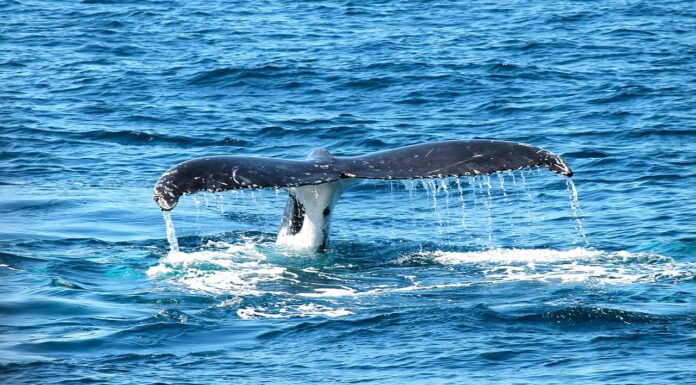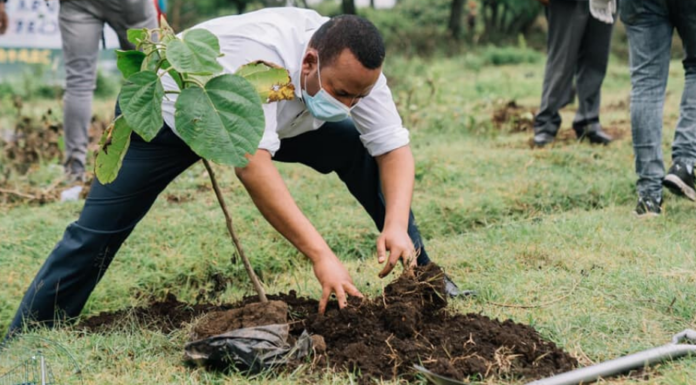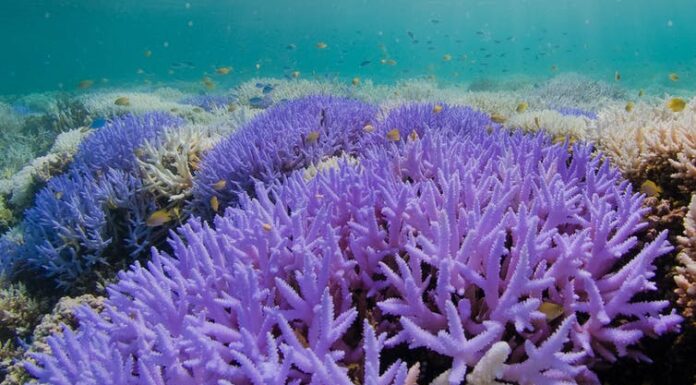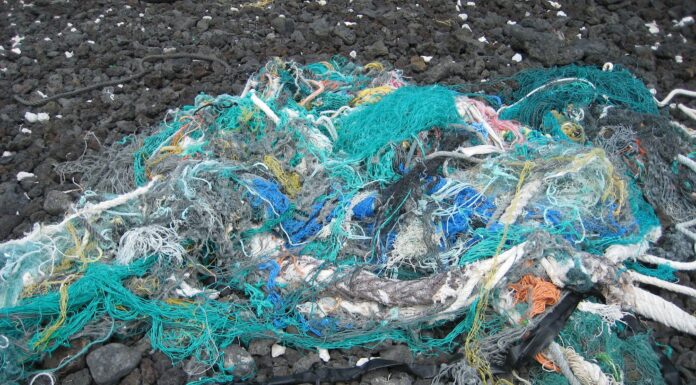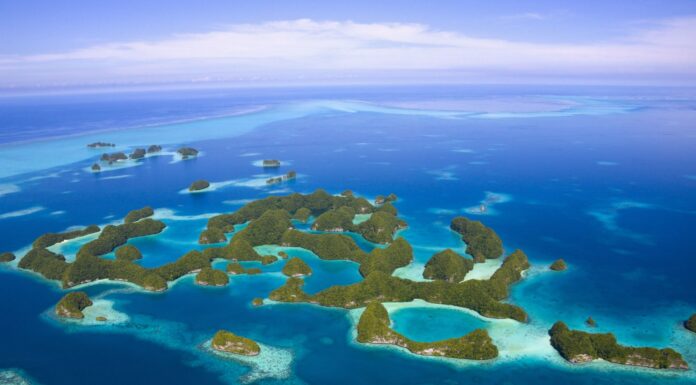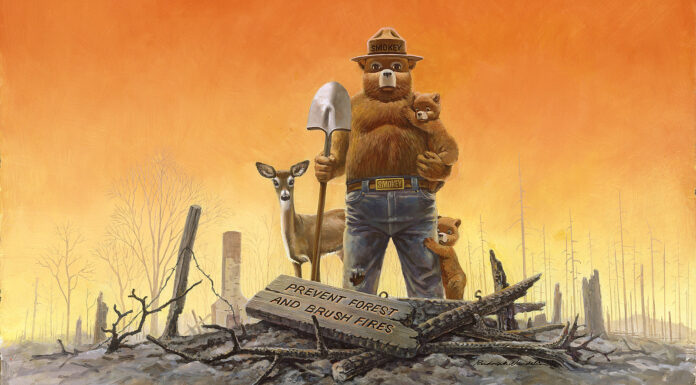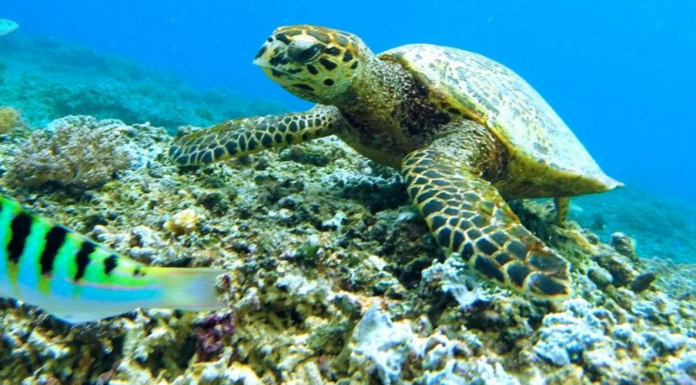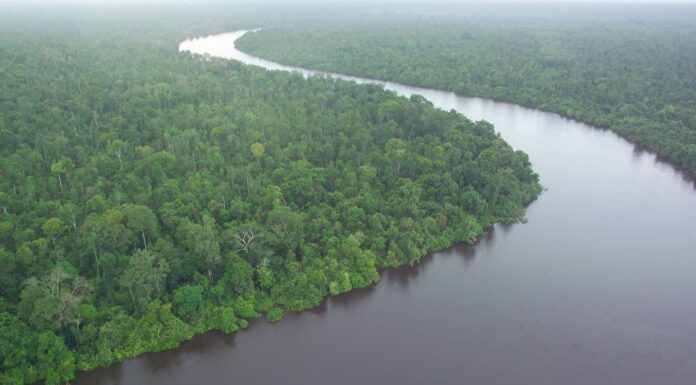Written by: Jennifer Silver, Leslie Acton, Lisa Campbell, and Noella Gray
Oceans cover 70 per cent of the Earth’s surface. But, because many of us spend most of our lives on land, the 362 million square kilometres of blue out...
Written by: Kimberly White
Ethiopia has set out to plant 5 billion tree seedlings this year. The planting is part of the country's larger reforestation initiative spearheaded by Prime Minister Abiy Ahmed.
Launched in 2019, the Green Legacy initiative aims to...
Written by: Jörg Wiedenmann and Cecilia D'Angelo
Ocean heatwaves cause vast coral bleaching events almost every year due to climate change, threatening reefs around the world. The high water temperatures stress reef building corals, causing them to eject the photosynthetic...
Written by: Malaka Rodrigo
Kelanimulla is one of the last remaining wetlands in Sri Lanka’s western district of Colombo, and is a refuge for urban wildlife, including the elusive fishing cat.
The wetland absorbs runoff from the Kelani River, playing a key role...
Written by: Ross Chainey
“Ghost nets” – fishing gear that has been lost or abandoned in our oceans – are a deadly menace for sea life, marine habitats and even the fishermen responsible for putting them there.
It is estimated that...
Written by: Kate Whiting
People on the Pacific archipelago of Palau firmly believe in the old saying, "We do not inherit the earth from our parents, we borrow it from our children."
For centuries, they have been managing their delicate...
Written by: Kimberly White
This story was originally published on May 11, 2019 and has been updated and republished in honor of Wildfire Awareness Month.
The Smokey Bear wildfire prevention campaign was launched 76 years ago in 1944 and is the...
Written by: Louisa Montagu-Pollock
The world faces an unprecedented set of challenges, from a global pandemic and rampant income inequality, to man-made climate change and the destruction of natural ecosystems.
Did you know that 10% of global society still lives in...
Written by: Kimberly White
Restoring one of the world's rarest habitats could prevent the release of 394 million tonnes of carbon dioxide.
Peatlands are a type of wetland created when decaying vegetation and organic materials are waterlogged and accumulated for thousands...
Written by: Derek Armitage, Ella-Kari Muhl, Merle Sowman, Philile Mbatha, and Wayne Stanley Rice
A little more than a year ago, the Haida Nation released the Land-Sea-People plan to manage Gwaii Haanas, off the coast of northern British Columbia, “from mountaintop to...

